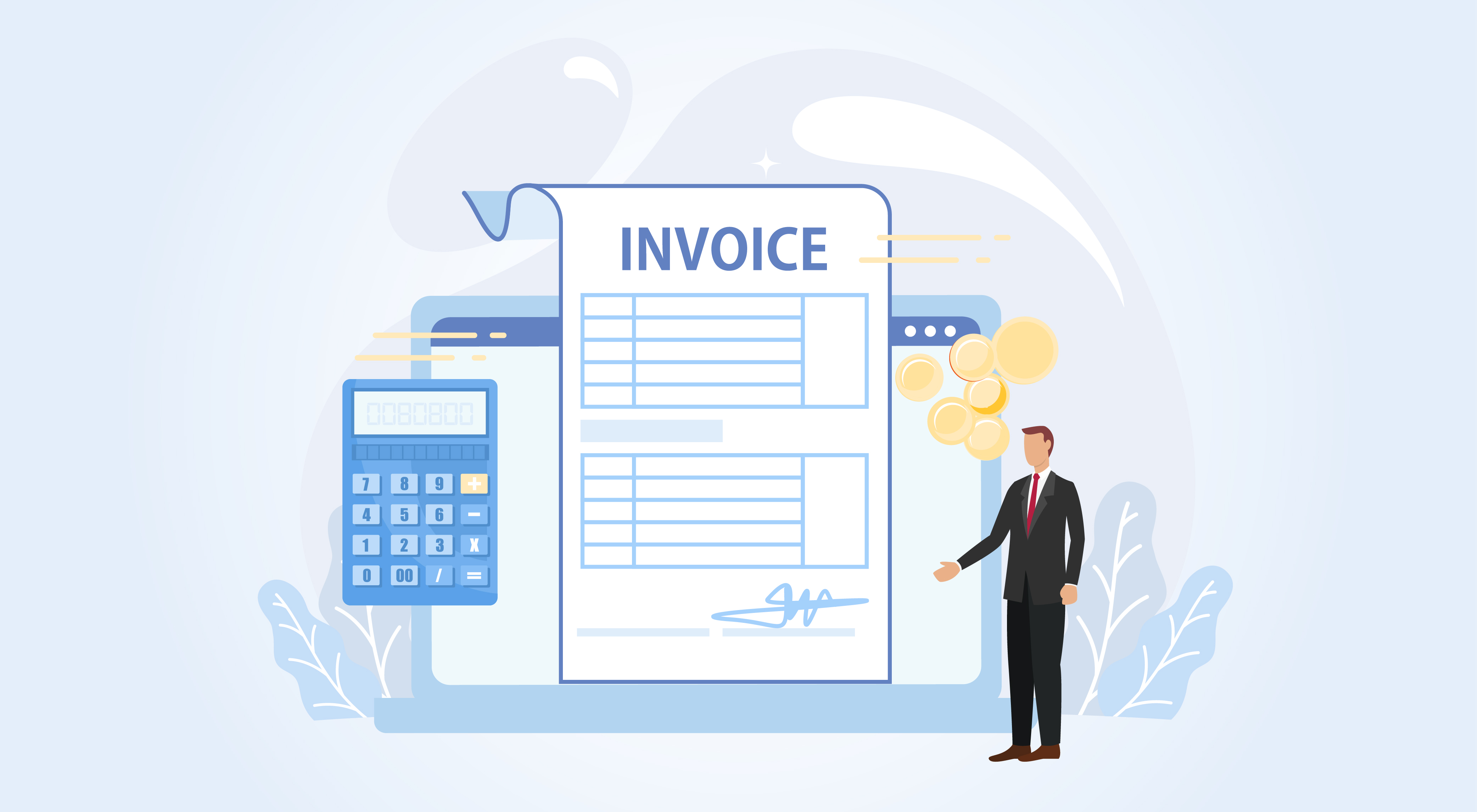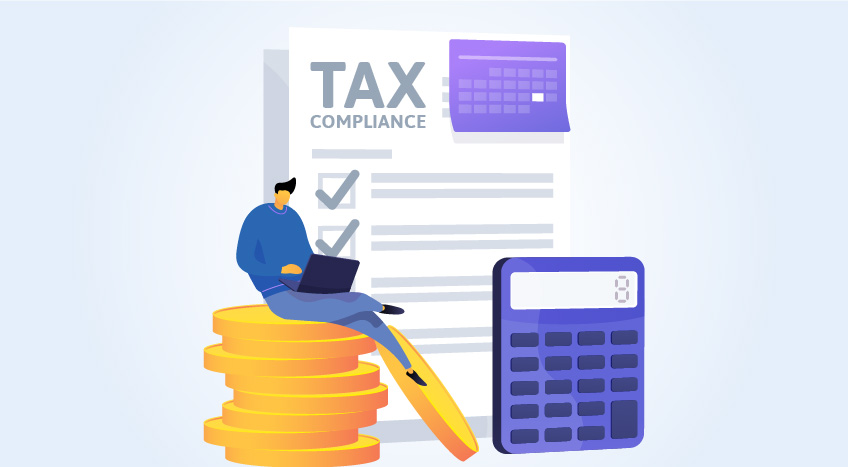Introduction
Capital Assets Scheme is a mechanism in which initially recovered Input Tax on capital assets is adjusted based on actual use during a specified time of 10 or 5 years. Based on the intended nature of usage, you will be allowed to recover the input VAT paid on capital goods in the first year. If there any changes in the usage – From taxable supplies to partially or fully used to exempt supply or vice-versa, you need to do an adjustment to Input VAT recovered earlier which would result in additional VAT payable to FTA or additional VAT recoverable from the FTA.
To know what is capital goods scheme and assets which qualify under this scheme, please read Capital Asset Scheme in UAE VAT.
If you recovered input VAT in the first year citing that it will be used for making taxable supply but later, if it is partially or fully used for making exempt supplies/non-taxable supplies, the adjustment will lead to additional payment of VAT to FTA. On the flip side, if you recovered less input VAT citing that it will be used partially for taxable supplies and exempt/non-taxable supplies but later, it is used for making taxable supplies (more than what was intended), the adjustment will lead to additional VAT recovery from FTA.
Calculation of Input VAT adjustment under Capital Assets Scheme.
The input VAT adjustment under capital assets scheme should be calculated based on the following formula:
(Total input tax on capital item * Change in use (Original taxable use % – actual taxable use %)) / Adjustment period (useful life)
- Firstly, identify the total input VAT on said capital good.
- Secondly, divide the total input tax with useful life of the assets. In case of a building, it is 10 years and in other cases, it is 5 years .
- Later, multiple the resultant from the above with the change in usage, which is basically the difference between intended usage while recovering the Input Tax in the first year and actual usage in that year.
- The Input VAT adjustment arrived at from point no 3., will either result in additional payment or additional recovery from FTA .
Let us understand the input VAT calculations under Capital Assets Scheme with an example.
Abdul Traders, a wholesaler of grocery products, purchased a commercial property and paid VAT of 200,000 AED in the month of January, 2018. The intended use of the commercial property for the purpose of carrying on the business of supplying grocery products.
Considering the above example, let us understand the Input Recovery on commercial property and input VAT adjustment, if any, due to change in usage.
Abdul Traders can recover 100% of Input VAT paid on the purchase of commercial property in a first year i.e. AED 200,000 as Input VAT in 2018 itself. This is because, the intended use of the commercial building by Abdul Traders is to make only taxable supplies.
In 2022, in the same commercial building in which a grocery store was located, Abdul Traders started a transportation agency for providing local passenger services by taxi. 40% of the commercial building was occupied for providing the local passenger service.
Local passenger service is exempted from UAE VAT. From 2022 onwards, the commercial building is not only used for making taxable supply (grocery products) but also used for making exempt supplies (taxi service). This actually results in the change in use of capital assets which was intended for 100% taxable supply but actually used for making taxable as well as exempt supplies.
Considering the above change in usage, Abdul traders need to make input VAT adjustment from 2022 to 2027 considering the useful life of the commercial building as 10 years.
Let us calculate the input VAT adjustment which Abdul Traders needs to do from 2022 to 2027 considering the below points:
- The Total Input VAT on the Commercial building is AED 200,000.
- The useful life of the commercial building is 10 years.
- Change in usage is 40% (exempt supply) as compared to 100% taxable supply.
- Input VAT recovered by Abdul Traders in the first year i.e. 2018 is AED 200,000.
- Change in usage is for 6 years and adjustment is required from 2022 to 2027
The formula to derive the input VAT adjustment is given below:
(Total input tax on capital item * Change in use (Original taxable use % – actual taxable use %))/ Adjustment period (useful life)
Adjustment for year 2022 = (AED 200,000 * 40% ) / 10 Years= AED 8000
For the year 2022 till 2027, Abdul Traders is required to do an input VAT adjustment of AED 8,000 every year. However, no adjustment is required from 2018 to 2021, because, there was no change in the intended use of capital assets
Conclusion
For businesses investing in high-value assets such as machinery, buildings etc., the provisions are clear, that if the indented use of capital assets changes over the period, the input VAT adjustment is required. These provisions look fair for FTA as well as businesses. It allows businesses to recover the complete input VAT in the first year based on the intended use with a provision to repay later on account of change in use, as discussed above.
Related Articles:-









